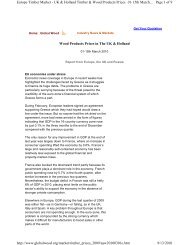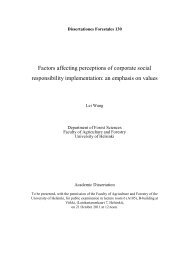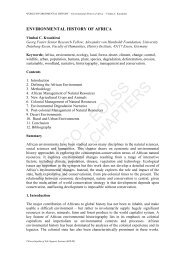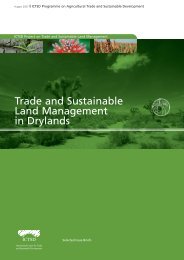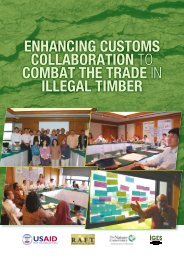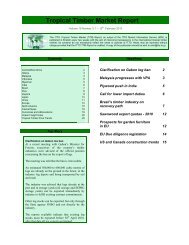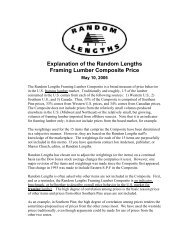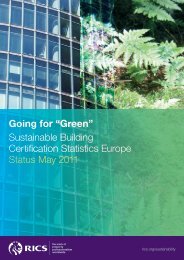ICT and e-Business in the Pulp, Paper and Paper ... - empirica
ICT and e-Business in the Pulp, Paper and Paper ... - empirica
ICT and e-Business in the Pulp, Paper and Paper ... - empirica
You also want an ePaper? Increase the reach of your titles
YUMPU automatically turns print PDFs into web optimized ePapers that Google loves.
<strong>Pulp</strong>, paper <strong>and</strong> paper products<br />
Peer-to-peer trad<strong>in</strong>g portals on company websites<br />
While wait<strong>in</strong>g until such more advanced forms of e-bus<strong>in</strong>ess are more common, most<br />
large P&P manufacturers have established extranet-like portals on <strong>the</strong>ir website for<br />
suppliers <strong>and</strong> customers. The "coMMunity" portal by Mayr-Melnhof Cardboard Group<br />
(see follow<strong>in</strong>g case study) is an example of such an approach. Their portal supports trade<br />
with smaller customers who do not have an ERP system, <strong>and</strong> enables <strong>the</strong>se companies<br />
to manage <strong>and</strong> ma<strong>in</strong>ta<strong>in</strong> a well-structured overview of <strong>the</strong> status of all orders <strong>and</strong><br />
supply fulfilment <strong>in</strong> all <strong>the</strong>ir bus<strong>in</strong>ess with Mayr-Melnhof.<br />
Servic<strong>in</strong>g trad<strong>in</strong>g partners is certa<strong>in</strong>ly an important aspect of this activity; however, this<br />
portal approach is not entirely a selfless act – both parties are expected to profit from<br />
ensur<strong>in</strong>g higher transparency of all ongo<strong>in</strong>g <strong>and</strong> completed bus<strong>in</strong>ess processes between<br />
<strong>the</strong> partners.<br />
A simple example show<strong>in</strong>g how portal providers benefit as well is <strong>the</strong> use of <strong>the</strong>se portals<br />
for communicat<strong>in</strong>g <strong>the</strong> latest version of <strong>the</strong> terms of bus<strong>in</strong>ess. Previously any change<br />
would have to be communicated to all bus<strong>in</strong>ess partners by send<strong>in</strong>g out pr<strong>in</strong>ted copies of<br />
<strong>the</strong> new terms. Companies can now simply refer to <strong>the</strong> respective document on <strong>the</strong> web.<br />
Only few countries still <strong>in</strong>sist, <strong>in</strong> case of a change, that terms have to be sent by mail.<br />
This not only is a better <strong>and</strong> faster way to substitute <strong>the</strong> formerly paper-based processes,<br />
but – <strong>in</strong>terest<strong>in</strong>gly – is also found to result <strong>in</strong> fewer compla<strong>in</strong>ts compared to <strong>the</strong> earlier<br />
way of communicat<strong>in</strong>g changes. It seems that firms are less annoyed about a change of<br />
<strong>the</strong> terms (with reference to a website) than when receiv<strong>in</strong>g <strong>the</strong> changed text <strong>in</strong> full detail.<br />
111



